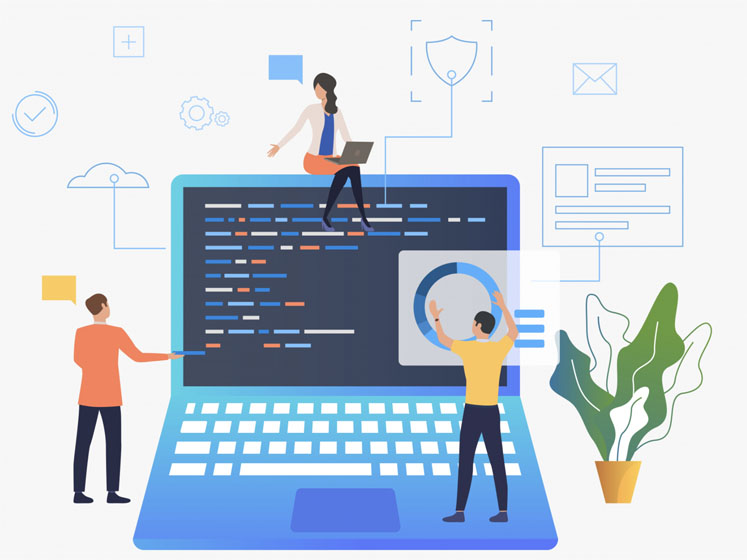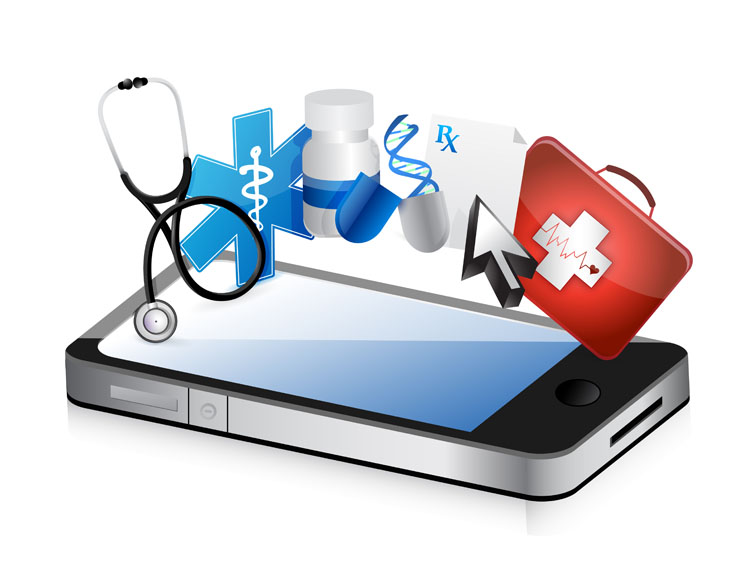He discusses the many benefits and pitfalls of adding connectivity to medical devices, from collecting user data to the need to improve the reliability of post-market surveillance, allowing users to track their medications on their smartphones … and even security threats and development challenges.
KSR: What are the main user cases of connected devices?
TW: A lot of companies are still adding connectivity without fully considering what they might get out of it, although many more are now starting to think more clearly about the benefits. Key areas that manufacturers are looking at are "in the field" device diagnostic information.
So, for example, they can receive bug reports from users directly and identify device failures in the field. We're also seeing more users wanting to look at their own healthcare data via their smartphones or connected devices. This data can also be passed through to healthcare providers, allowing clinicians to confirm if patients are taking their medications at the correct frequency, for example. Within diagnostics, we are seeing more cohesive thought around how to get a more integrated view of things. It’s beneficial to be able to share data to multiple clinical sites, with cloud connectivity being a useful tool to achieve this.
KSR: What are the benefits of connecting a medical device to the cloud?
TW: So, first and foremost, it's the ease of access to data. Device users often don't need to do anything other than set up that initial connection to the cloud for the data to be passed through. From the manufacturer’s side, it's an ability to see data that they normally would never have access to.

If we look at parenteral devices for example, where you might have a sensitivity to temperature in your drug formulation, you can add temperature logging to your device and receive data at the manufacturing site all the way to the point of drug delivery, which can help ensure you've not exceeded the appropriate temperature range.
Reporting and knowing what your device failure to success ratio is, can help to determine where you need to investigate problems. There are of course many other benefits of connecting a device to the cloud, from helping users track and manage their medication to providing key data on device usage and patient behaviours.
KSR: There are many technologies available; how do you know which one to choose?
TW: Rather than thinking of specific technologies, it’s best to start by thinking about user types. For home use, most of the world has smartphones available, and Bluetooth has become a logical connection mechanism for home use devices.
For devices that never leave the home, Wi-Fi may be a more appropriate method, but it’s not necessarily available in every home. Using mobile data connections is probably the hardest because each region has a different technology and 5G bands. 5G is probably the hardest to adopt, but it allows for the greatest position flexibility within a given region.
Throughout all medical device development, the key is to target the user and the device that best suits their condition and location, which is all part of cohesive device design.
KSR: How does user experience impact the design stage?
TW: If you can facilitate the use of mobile apps to help users set their devices up or act as the access point, it can be made intuitive with good user experience design as a guide through the process. If you have someone with poor visibility, making small buttons to connect to your device is never going to be useful. It is difficult to generalise, but if you are targeting a device or user group, if they make use of connectivity for other aspects of their life, they are more likely to succeed with using connectivity for medical purposes.
KSR: What are some of the common pitfalls that developers face?
TW: A key pitfall is not having a clear picture of what they want the connectivity for. It's technically very easy to add connectivity to a device, but you need to think about what kind of data you're transferring, when you need to transfer it, and how frequently you need to transfer it.

Another is, as good software developers, we should always be thinking about cybersecurity and account for all risks that could occur because of connectivity or adding new functionality to a device. If you don't think about that early and you don't architect your software appropriately, you expose yourself to greater risks.
KSR: What are the realistic risks with cyber security?
TW: Realistically, we can assume that any device that can be attacked will be attacked. If someone attacks your medical device, they can use it to send bad data to act in a negative way on your connected device. They're unlikely to be able to directly hack your cloud server, but they can send some data that has targeted effects and negative outcomes.
That might be tricking you into believing there's no problem with your health or even manipulating health data. If you're manipulating an individual’s health data, it could induce the wrong treatment, which could potentially harm or even kill them (in the most extreme case). So, we must assume that cybersecurity is a very real risk during development.
KSR: Does adding connectivity devices increase the costs of devices quite substantially?
TW: The costs of adding the connected technology to the device itself are not that great of an individual cost. Chips supporting BLE connectivity might be about a few dollars more expensive than an unconnected chip. The area you might be more concerned with is maintenance in the field and maintaining your cloud system support. If you have a hosted cloud system, there are continuous hosting and security costs. So, you need to consider the health-economic benefit of having the whole connected system.
KSR: How does sustainability relate to connected devices?
TW: There are a lot of devices that are getting connectivity solutions that previously would never have had them ... and that’s evidently a sustainability issue. Particularly with single use devices, because we currently can't recycle most medical devices, causing electronics and batteries to be thrown away.
As device developers, we need to be looking more at the long-term usability of our devices and pairing that along with drug regimens and injectable technologies. If you modularised your devices, you could make the electronic component separable from the rest of the sterile components, so that they could be recycled or reused.
You could use technologies that don't inherently require batteries, for example if you need a sample at a single point in time, you can use NFC technologies. Good design allows you to think about your key development criteria if you start planning early.

KSR: What do you see for the 1 to 5 years?
TW: In the short-term, I don't think we will see much immediate change in the number of connected devices because of the amount of time it takes for development to complete. Longer-term, within pharmaceuticals because of the number of cases, we will probably see injectables with some simple connectivity being marketed to users, that allow integration with healthcare systems and clinicians to review treatment regimens remotely.
Then, we could be more effective in bringing people into the clinic and focus on the patients that need more help. We are also likely to see device connectivity being used in the clinical trials process. New tools, devices and apps are providing trial subjects with the potential to report more meaningful outcomes with better efficiency and flexibility.
This may be simple patient reported outcomes or clinical outcome assessment tools and capturing device use. These connected apps and digital solutions can replace the need for in person or physical assessments.
KSR: Is there something that needs to happen to get that sort of health care system integration?
TW: There are various data formats that can be used, but more healthcare IT systems are using the standard data formats. As developers, we can focus on more wide-reaching integration rather than having to integrate with multiple different types of platforms.
At the device end, it will be more bespoke to what we need it to be and will probably have a greater level of control there. In terms of adoption, health care providers need to adopt these networking systems first, so that they can be used more effectively and allow device integration.
Click here for a full list of Pharmapack Europe topics and the session agenda.




